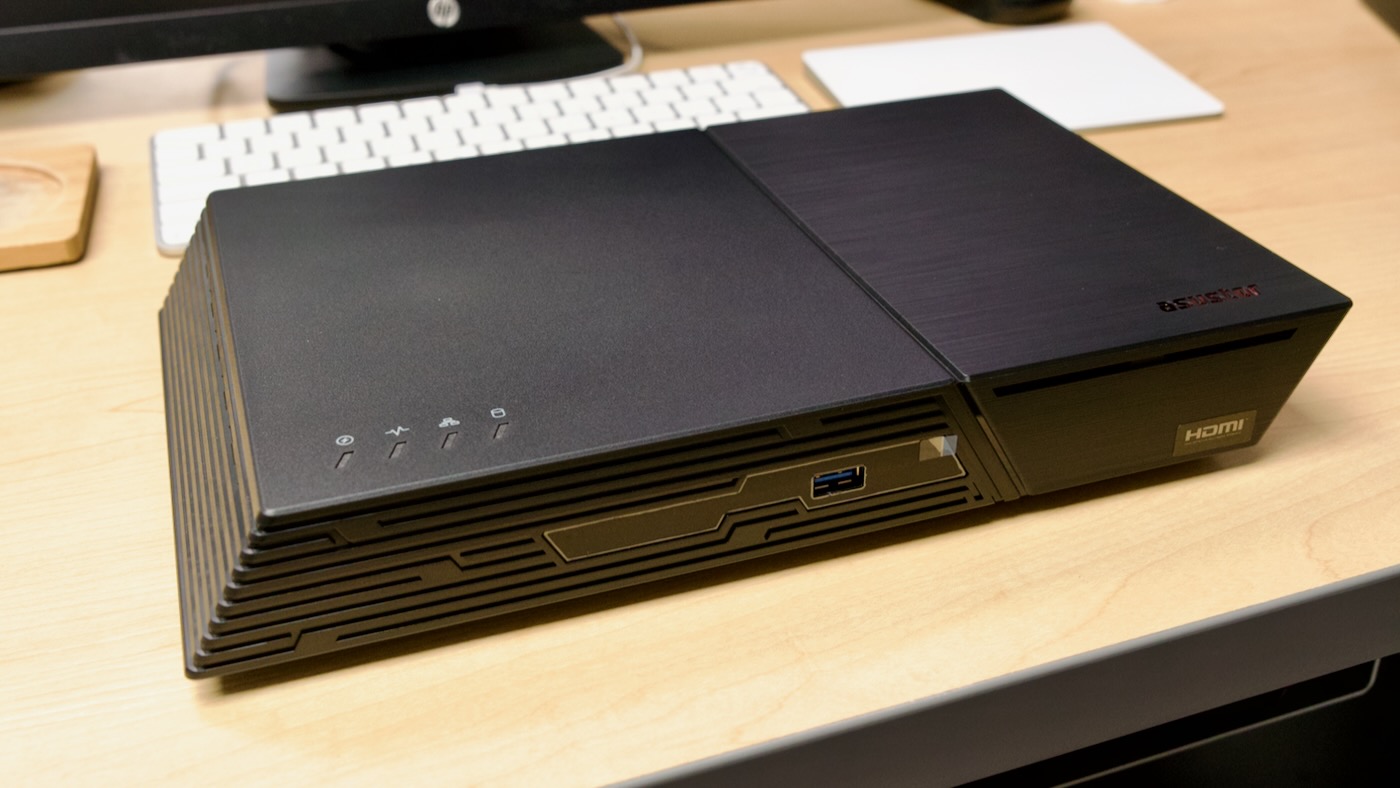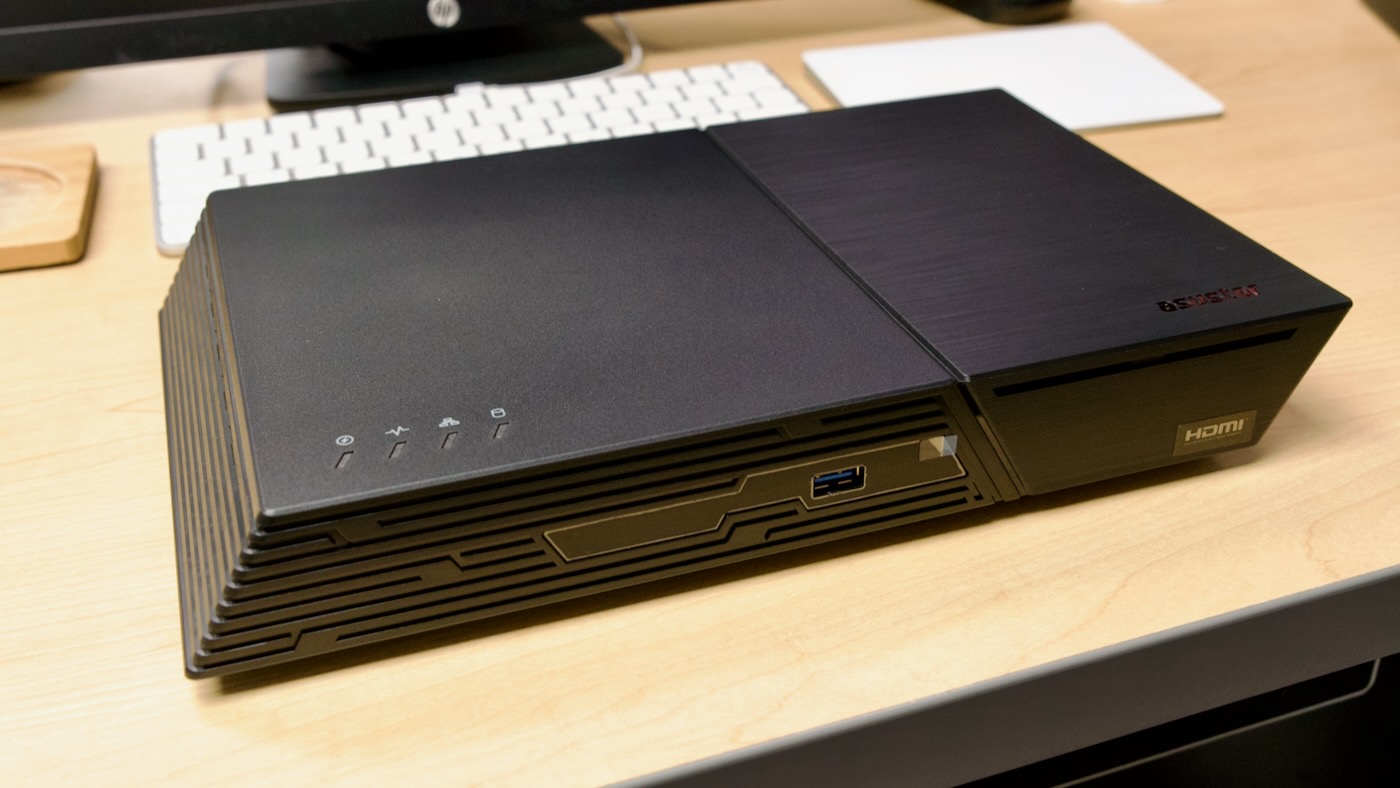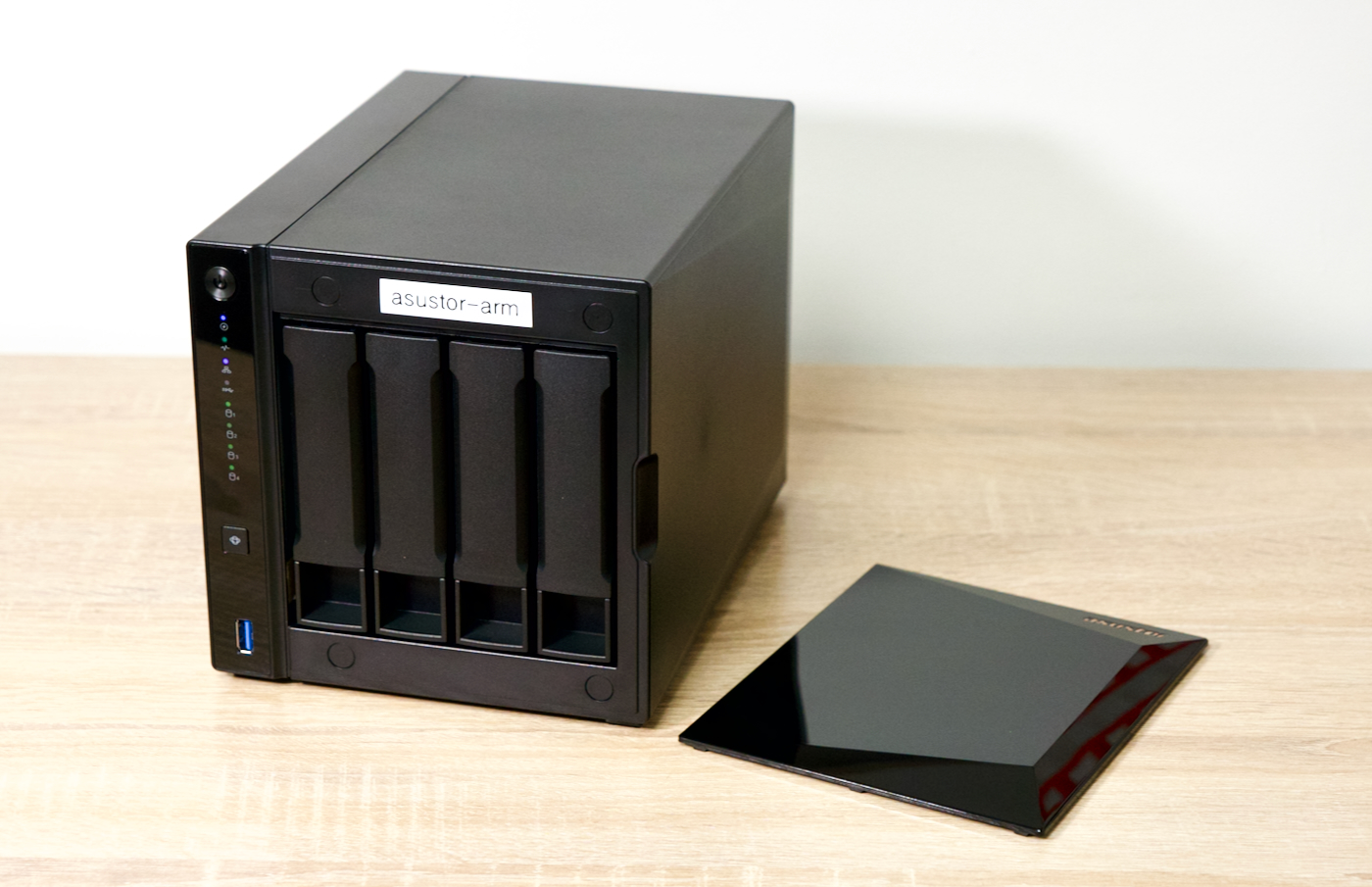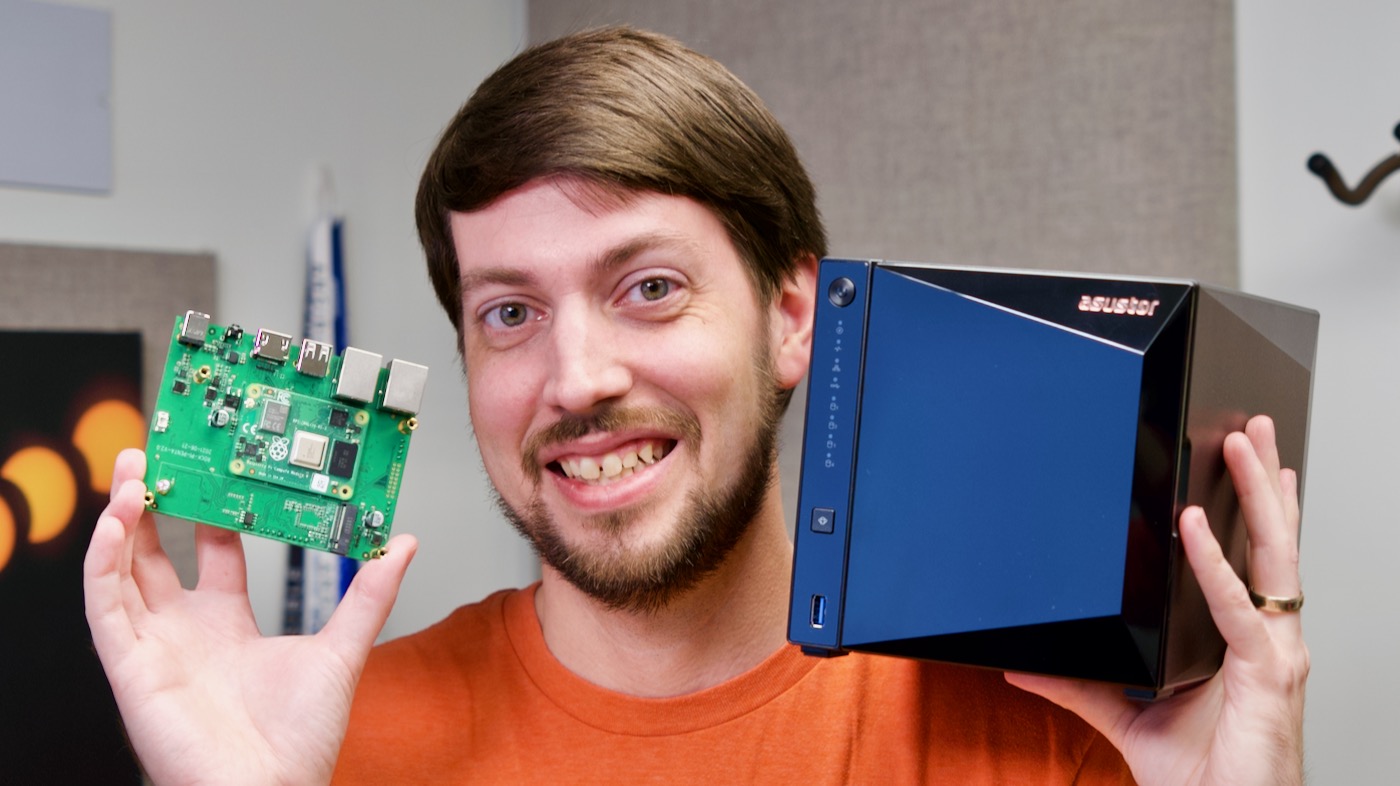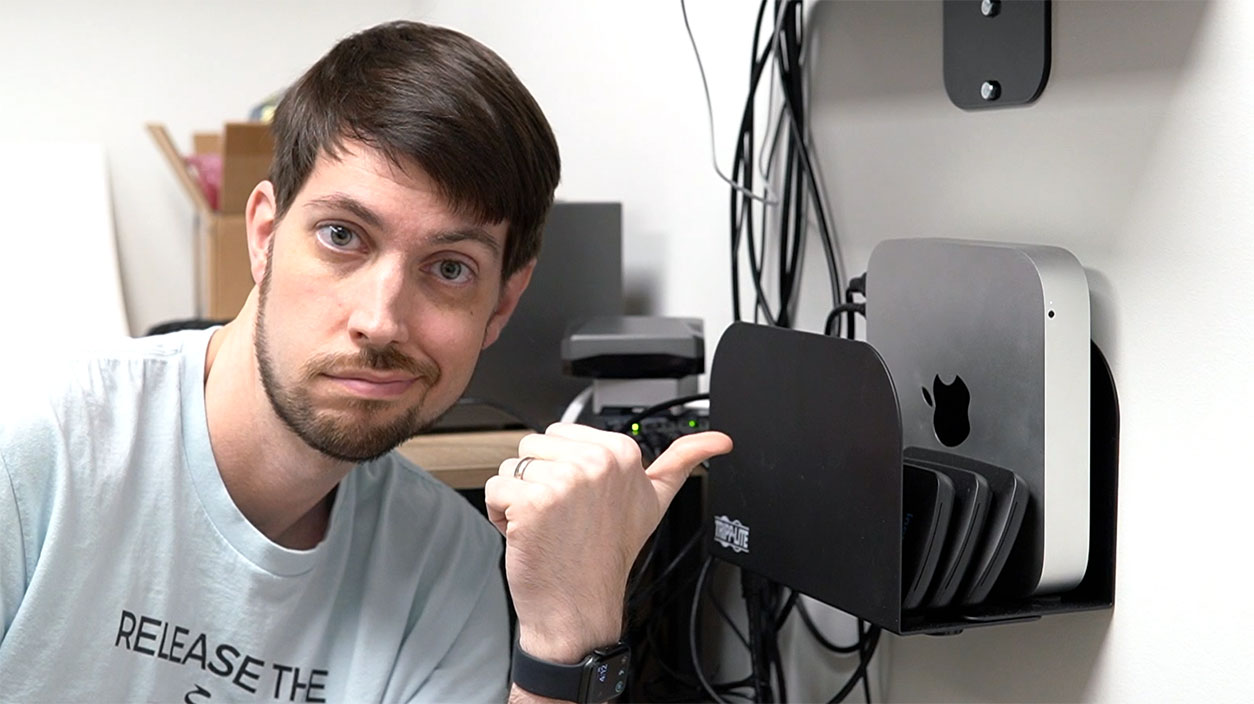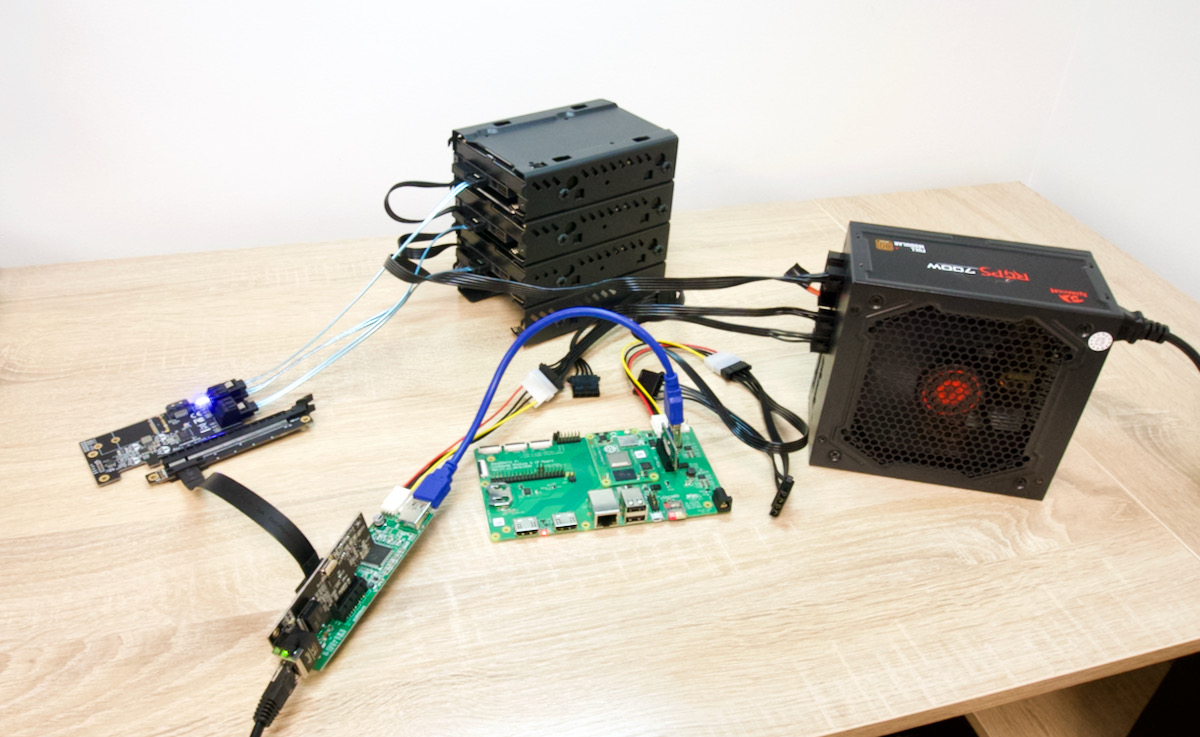How I installed TrueNAS on my new ASUSTOR NAS
A common question I get asked whenever my ASUSTOR NAS makes an appearance is: "but can it do ZFS?"
I'm still trying to convince them to add it to ADM alongside EXT4 and Btrfs support, but until that time, the 2nd best option is to just run another OS on the NAS! This is now permitted, but you won't get technical support from ASUSTOR for other OSes.
Some people (myself included) like buying hardware and... doing what we want with it! And for computer hardware, that often involves installing whatever OS and software we want to do the things we want to do. Pretty crazy, coming from a guy who uses a Mac, right?
